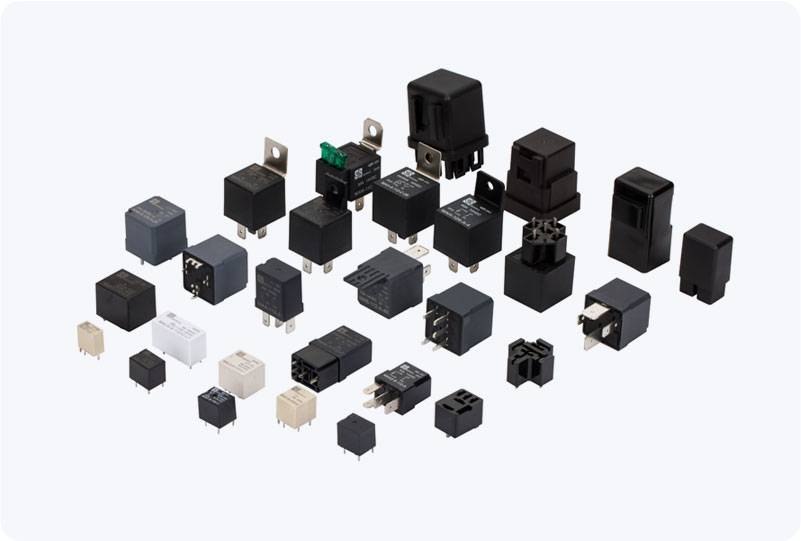the importance and functionality of circuit breaker power relay in modern electrical systems
Release time:2025-08-21 04:59:26
In today’s rapidly evolving electrical world, the need for effective protection and control mechanisms in electrical circuits has become more significant than ever. One of the most critical components in achieving this protection is the Circuit Breaker Power Relay. This device plays a vital role in ensuring the safety, longevity, and efficiency of electrical systems by offering protection against faults and providing control over high-power devices. In this article, we explore the importance and functionality of circuit breaker power relays, their components, working principles, and applications in modern electrical systems.

What is a Circuit Breaker Power Relay?
A Circuit Breaker Power Relay is a combination of two essential devices in electrical systems: the circuit breaker and the power relay. The circuit breaker, as the name suggests, is responsible for protecting the circuit by interrupting the flow of electricity in the event of an overload, short circuit, or fault. Meanwhile, the power relay operates as an electrically controlled switch to turn on or off high-power devices, providing a secure and efficient control system for electrical circuits.
This hybrid device combines the protection aspect of a circuit breaker with the control functionality of a power relay, providing both safety and operational flexibility in electrical systems. The inclusion of relays in these devices allows for automation, reducing the need for manual intervention and enabling quicker response times in case of faults.

